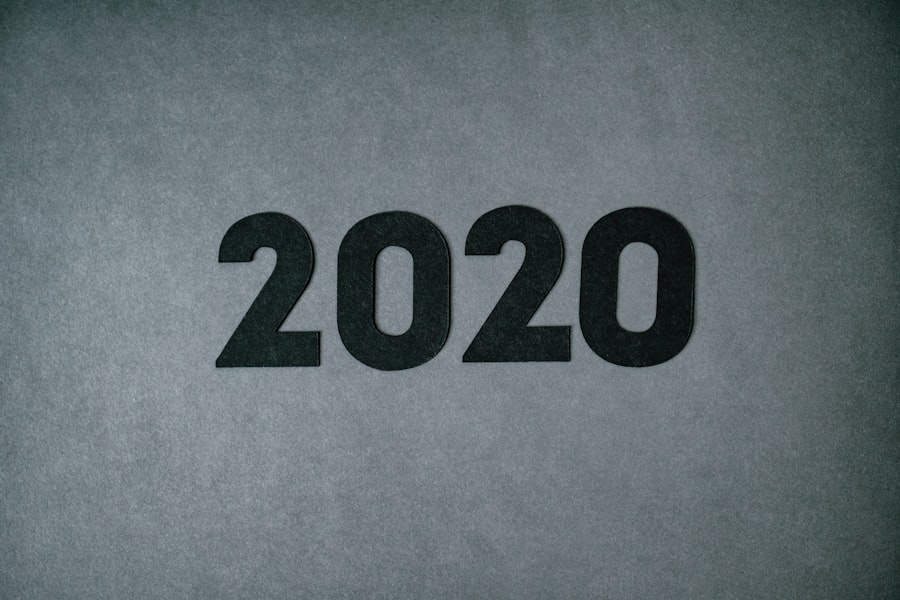
Deadlines serve as critical benchmarks in the workplace, acting as both motivators and frameworks for productivity. They create a sense of urgency that can propel individuals and teams to focus their efforts and allocate resources effectively. When deadlines are established, they provide a clear timeline for project completion, which helps in planning and executing tasks systematically.
This structured approach not only enhances accountability but also fosters a culture of reliability within teams. Employees are more likely to take ownership of their responsibilities when they understand the implications of meeting or missing deadlines. Moreover, deadlines play a pivotal role in project management and workflow optimization.
They help in coordinating efforts across various departments, ensuring that everyone is aligned towards a common goal. For instance, in a marketing campaign, the design team must meet deadlines to allow the content team to create promotional materials in time for a product launch. This interdependence highlights how deadlines can streamline processes and enhance collaboration.
Key Takeaways
- Deadlines are crucial in the workplace as they ensure timely completion of tasks and projects, leading to increased productivity and efficiency.
- Effective time management techniques such as prioritizing tasks, setting specific goals, and using tools like calendars and to-do lists can help individuals meet deadlines and stay organized.
- Setting realistic goals and prioritizing tasks based on their importance can help individuals focus on what needs to be done first, leading to better time management and deadline adherence.
- Overcoming procrastination and minimizing distractions through techniques such as breaking tasks into smaller steps and creating a conducive work environment can help individuals meet deadlines more effectively.
- Communicating with team members and managers about deadlines, progress, and potential obstacles can help ensure everyone is on the same page and working towards meeting deadlines efficiently.
Effective Time Management Techniques
Time management is an essential skill that can dramatically influence productivity and work-life balance. One effective technique is the Pomodoro Technique, which involves breaking work into intervals, traditionally 25 minutes in length, separated by short breaks. This method not only helps maintain focus but also prevents burnout by allowing regular intervals for rest and rejuvenation.
By concentrating on a single task for a set period, individuals can enhance their concentration and output, making it easier to meet deadlines without feeling overwhelmed. Another powerful time management strategy is the Eisenhower Matrix, which categorizes tasks based on their urgency and importance. By distinguishing between what is urgent and what is important, individuals can prioritize their workload more effectively.
For example, a task that is both urgent and important should be tackled immediately, while tasks that are important but not urgent can be scheduled for later. This method encourages individuals to focus on high-impact activities rather than getting bogged down by less significant tasks. By implementing these techniques, employees can optimize their time usage, leading to increased productivity and reduced stress levels.
Setting Realistic Goals and Prioritizing Tasks

Setting realistic goals is fundamental to achieving success in any professional environment. Goals should be specific, measurable, achievable, relevant, and time-bound (SMART). For instance, instead of setting a vague goal like “improve sales,” a more effective goal would be “increase sales by 15% over the next quarter.” This clarity not only provides direction but also allows for better tracking of progress.
When employees set achievable goals, they are more likely to stay motivated and committed to their tasks. Prioritizing tasks is equally crucial in managing workloads effectively. The ability to discern which tasks require immediate attention versus those that can wait is vital for maintaining productivity.
One effective method for prioritization is the ABCD prioritization technique, where tasks are categorized as A (most important), B (important), C (less important), or D (delegate). By focusing on A tasks first, employees can ensure that they are addressing the most critical aspects of their work. This structured approach to goal-setting and task prioritization not only enhances individual performance but also contributes to the overall efficiency of the team.
Overcoming Procrastination and Distractions
| Metrics | Results |
|---|---|
| Number of tasks completed | 25 |
| Time spent on productive activities | 20 hours |
| Number of distractions encountered | 10 |
| Percentage increase in focus | 30% |
Procrastination is a common challenge that many professionals face, often stemming from fear of failure or feeling overwhelmed by the scope of a task. To combat procrastination, it is essential to break larger projects into smaller, manageable tasks. This approach makes daunting projects feel less intimidating and allows individuals to experience a sense of accomplishment as they complete each step.
For example, if tasked with writing a report, one might start by outlining key points before diving into writing each section. This incremental progress can help build momentum and reduce the tendency to delay. Distractions are another significant barrier to productivity in the workplace.
In an age where notifications from emails, social media, and messaging apps are constant, maintaining focus can be challenging. One effective strategy for minimizing distractions is to create a dedicated workspace that is free from interruptions. This could involve setting boundaries with colleagues during work hours or utilizing noise-canceling headphones to block out background noise.
Additionally, implementing techniques such as time-blocking—allocating specific periods for focused work—can help individuals stay on track and reduce the likelihood of succumbing to distractions.
Communicating with Team Members and Managers
Effective communication is the backbone of any successful workplace environment. Open lines of communication foster collaboration and ensure that everyone is on the same page regarding project expectations and deadlines. Regular check-ins with team members can help identify potential roadblocks early on, allowing for timely interventions before issues escalate.
For instance, weekly team meetings can serve as a platform for discussing progress, sharing updates, and addressing any concerns that may arise. Moreover, communicating with managers about workload and deadlines is crucial for maintaining a healthy work dynamic. Employees should feel empowered to discuss their capacity and any challenges they may face in meeting expectations.
This transparency not only builds trust but also enables managers to provide support where needed. For example, if an employee is struggling with multiple deadlines, a manager might offer assistance or adjust priorities to alleviate pressure. By fostering an environment of open communication, organizations can enhance teamwork and ensure that everyone is working towards shared objectives.
Utilizing Tools and Resources for Efficiency

In today’s digital age, numerous tools and resources are available to enhance workplace efficiency. Project management software such as Trello or Asana allows teams to track progress on tasks and collaborate seamlessly. These platforms enable users to assign responsibilities, set deadlines, and monitor project timelines in real-time.
By utilizing such tools, teams can streamline their workflows and ensure that everyone is aware of their roles and responsibilities. Additionally, time-tracking applications like Toggl or Clockify can provide valuable insights into how time is spent on various tasks. By analyzing this data, employees can identify areas where they may be wasting time or where improvements can be made.
For instance, if an employee discovers that they spend excessive time on administrative tasks, they might consider delegating those responsibilities or automating certain processes. Leveraging technology not only enhances individual productivity but also contributes to the overall efficiency of the organization.
Managing Stress and Avoiding Burnout
Stress management is essential for maintaining long-term productivity and job satisfaction. High-pressure environments can lead to burnout if not addressed proactively. One effective strategy for managing stress is practicing mindfulness techniques such as meditation or deep-breathing exercises.
These practices can help individuals center themselves during hectic workdays and provide a mental reset when feeling overwhelmed. For example, taking just five minutes to engage in deep breathing can significantly reduce anxiety levels and improve focus. Additionally, promoting a healthy work-life balance is crucial in preventing burnout.
Organizations should encourage employees to take regular breaks throughout the day and utilize their vacation time fully. Implementing flexible work arrangements can also contribute to employee well-being by allowing individuals to manage their schedules according to personal needs. When employees feel supported in maintaining their mental health, they are more likely to remain engaged and productive in their roles.
Seeking Feedback and Continuous Improvement
Feedback is an invaluable component of professional growth and development. Regularly seeking input from colleagues and managers allows individuals to identify areas for improvement and refine their skills over time. Constructive feedback should be viewed as an opportunity for growth rather than criticism; it provides insights into how one’s work is perceived by others and highlights potential blind spots that may not be apparent otherwise.
Moreover, fostering a culture of continuous improvement within organizations encourages employees to embrace learning opportunities actively. This could involve participating in training sessions or workshops aimed at enhancing specific skills relevant to their roles. For instance, an employee might attend a course on advanced data analysis techniques to improve their contributions to data-driven projects.
By prioritizing feedback and continuous learning, both individuals and organizations can adapt more effectively to changing demands in the workplace while enhancing overall performance.
One related article to Meet deadlines: Career Soft Skills can be found on






